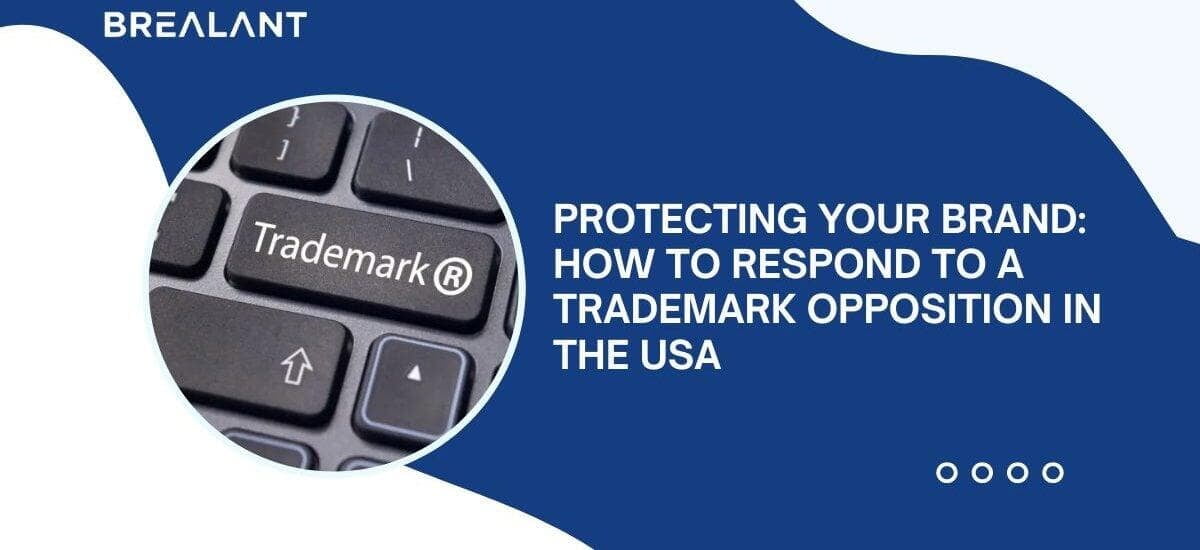
A trademark opposing your trademark application can feel like a nightmare. You are suddenly tangled up in seemingly arcane legal proceedings with no idea what to do or where to turn. You think you have followed all the necessary steps, but now someone is filing a trademark opposition against you. What should you do?
The United States Patent and Trademark Office (USPTO) is an independent government agency that administers trademarks and other intellectual property rights. As part of the process of registering a trademark, you will likely receive notification from the USPTO that someone has filed a trademark opposition against your mark. This notification could be mailed to you, or it may be sent electronically. Trademark law is complex, and there are many different rules that apply in the USA. If your business owns a trademark, you have the legal right to use it to protect your business from competitors. However, this right doesn’t come free – you must actively protect your trademark against the opposition.
There are three main steps that you need to take in order to protect your trademark: filing an application, making objections, and fighting the opposition. Here’s a brief overview of each step:
- Filing an application: The first step is filing a trademark application with the US Patent and Trademark Office (USPTO). This process can take many months – make sure you factor this into your timeline.
- Making objections: Once a trademark has been registered with the USPTO, opponents may file objections against it. This step is important because it allows you to contest the validity of the trademark.
- Fighting the opposition: If necessary, you will need to fight the opponents in court – this can be expensive and time-consuming. Make sure you have an effective strategy in place before starting this process.
If someone files a trademark opposition against your mark, there are some basic steps that you need to take in order to protect your brand. In this article, we will outline these steps and provide tips on how to respond to trademark opposition in the USA. The United States Patent and Trademark Office (USPTO) is responsible for granting, maintaining, and revoking trademarks nationally. If someone files a complaint with the USPTO claiming that your trademark is similar to theirs, you will need to respond.
There are four steps you need to take when responding to a trademark opposition:
- Understand the grounds for opposition and the assertions made against your trademark application by reading the Notice of Opposition.
- Contact a trademark lawyer to assess the strength of the opposition and to assist you in putting up a response to it. A trademark lawyer can advise you on the best course of action and assist you in creating a thoughtful and convincing response.
- With a copy given to the opposer, submit your response to the Trademark Trial and Appeal Board (TTAB). Each issue raised in the opposition should be addressed in the response, which should also offer proof and justifications in favor of your trademark application.
- Choose whether you’ll defend or withdraw your trademark application. You must respond to the opposition within the specified time range if you decide to defend your trademark.
Failure to take any of these steps could result in your trademark being canceled or withdrawn. Here are some tips on how to achieve each step.
Trademark oppositions are filed when someone believes that their mark is similar to someone else’s mark. When receiving opposition, it is important to understand what type of evidence is being used to support the claim. You may also need to submit counter-evidence to refute the opposing party’s arguments. When filing for a trademark, it is important to be prepared for opposition letters. This is because these letters are a common part of the trademark process. Opposition letters will be sent by anyone who believes that your mark could potentially male them commercially harm.
Conclusion
If you have filed a trademark application in the USA, you will inevitably receive opposition letters. These letters can contain all sorts of accusations and suggestions about how to improve your mark. The goal of opposition letters is usually to stop the mark from being registered, but there are certain things that you can do to counter their arguments. Businesses spend a lot of time and money developing their brand. However, if their trademark is challenged, they may not know how to respond. Trademark opposition can be a major obstacle for businesses, and it’s important to understand what you need to do in order to protect your brand.
If you have registered a trademark in the USA, you will eventually receive opposition filed by another party. Trademark opposition can be difficult to overcome, but with the right strategy, it is achievable. Get the perfect IP strategy for your brand from Brealant. The firm is well-renowned for its tech-driven solutions around the world.

